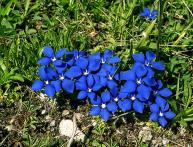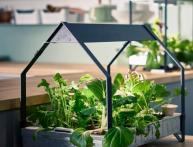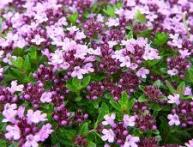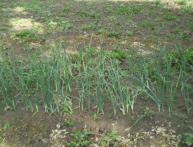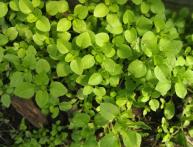Perennial vines for the garden: main types and care
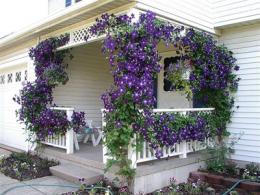
Recently, gardeners have increasingly begun to use vertical gardening. With the help of climbing plants, you can decorate gazebos, house walls or fences, and in this way give charm and comfort to your country house or summer cottage. Lianas are the most popular climbing plants.
Content:
Types of perennial vines
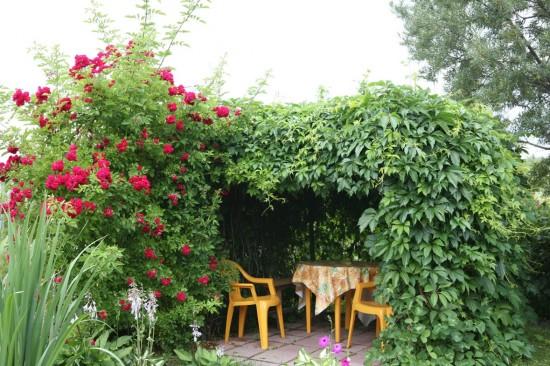
Vines are a variety of plants with long, flexible stems. They can be woody with falling leaves or herbaceous with thin stems. They only grow upwards, so they need some kind of support. Lianas climb up using suction cups, tendrils and other devices. There are perennial and annual climbing plants. Perennial vines, unlike annual vines, require more time to develop and grow.
climbing rose. In appearance it is similar to bush roses. There are small-flowered and large-flowered plants of various shades: crimson-red, creamy-white, dark pink, white, lilac, yellow, etc. The climbing rose blooms until late autumn. Since the branches are quite large, the plant needs strong support.
Kampsis. Deciduous perennial plant. The leaves are light green, the flowers are orange-red, and their shape resembles a gramophone trumpet. The plant is easy to care for, but when planting it is worth considering the time of year.If planted too late or early, the plant may not take root.
Actinidia. Woody liana of the actinidia family. The leaves bloom in the spring and begin to fall off in the fall, forming a crimson-red carpet. When the berries are ripe, they become red-orange in color. It is better to place the plant on the northeast side. Honeysuckle fragrant. Winter-hardy perennial plant. The flowers are large, oblong, and come in a variety of colors. They usually emit a pleasant smell in the evening. On a support it can rise to a height of up to 6 meters.
Petiolate hydrangea. A bushy vine, very unusual and rare. Unlike other perennial vines, the height of hydrangea can be about 25 meters. The large white-pink flowers emit a strong, pleasant aroma that attracts many insects.
Cold tolerant perennials
Clematis. Decorative and beautifully flowering plant. The shrub vine can reach up to 3 meters in length. This light-loving plant is distinguished by abundant, twice-blooming flowers. Flowers can be of different colors. The degree of clematis flowering depends on the location. The flowers of the plant can be large or small, it all depends on the plant variety.
Calistegia fluffy. A perennial climbing plant that is resistant to cold weather. The stems are thin with abundant leaves and can reach up to 4 meters in height. Calistegia flowers are single, pink. Flowering begins at the end of June and lasts until the first frost. Grows well in open sunny places.
Maiden's grapes. The grapevine looks quite original on a summer cottage. It is notable not only for its beautiful flowering, but also for its clusters of berries that change color from green to black.It is better to use a planting site near a wall or along a pergola. In this case, grapes will be a good decoration for the gazebo.
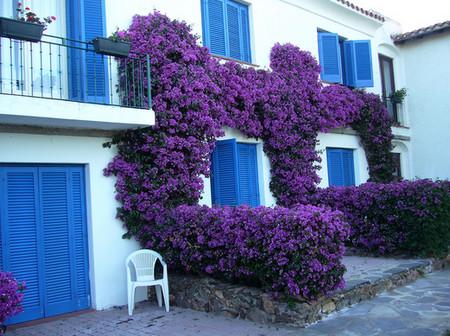
Wisteria. Among all plants, wisteria is one of the most beautiful climbing plants. Its white, light lilac, violet or pink tassels delight the eye throughout the summer. The flowers bloom gradually, starting from the base. Wisteria is decorative not only for its flowers, but also for its beautiful feathery foliage, which takes on a golden color in the fall. When placed on large areas, decorative perennial vines are combined with other climbing plants, thereby creating unique compositions.
Rules for planting and caring for perennial vines
Before growing vines, you should decide on a place - it will be permanent or temporary for the plant. There are light-loving and shade-loving vines, so for each of these types you should choose a specific place for planting. Before planting climbing plants, you need to prepare a support. It must be very strong so that even in strong winds or snowfalls the plants are always supported. It is best to use plant seedlings rather than seeds. They should be no more than 4 years old and should be grown in special nurseries. It is best to plant vines in spring or autumn. Almost all types of vines grow well in fertile and slightly acidic soils.
When planting vines near the wall of a house, holes should not be made close to the house, since there is a high probability of water flowing under the foundation during watering. It is good to lay a drainage layer of large materials in the hole. The optimal distance from the support to the hole should be at least 30 cm.To prevent water from spreading, a bank of soil should be formed along the edges of the hole. After this, water generously and mulch with compost or shredded bark. Some types of perennial vines should be insulated for the winter. To begin with, cut off the shoots and leave only the central branches. Then bend them down, sprinkle them lightly with soil, and then cover them with spruce branches.
The climbing plant must be tied up. To do this, it is advisable to use a sisal cord or washcloth. There is no need to tighten the stem too tightly. After the plant is secured to the support, the garter can be removed. Lianas should be watered only in hot weather and during the flowering period. When caring for vines, you should not forget trim shoots and feed the plant. Campsis and honeysuckle are pruned in early spring, and akebia and wisteria after flowering. It all depends on the type of flowering climbing plants. It is better to apply mineral fertilizers in the spring, and a potassium-phosphorus mixture at the end of summer. With the help of decorative climbing plants, you can not only hide unattractive places, but also get a shady corner where you can hide from the scorching sun.
Video about vines in the garden:
Interesting information about the vegetable garden



